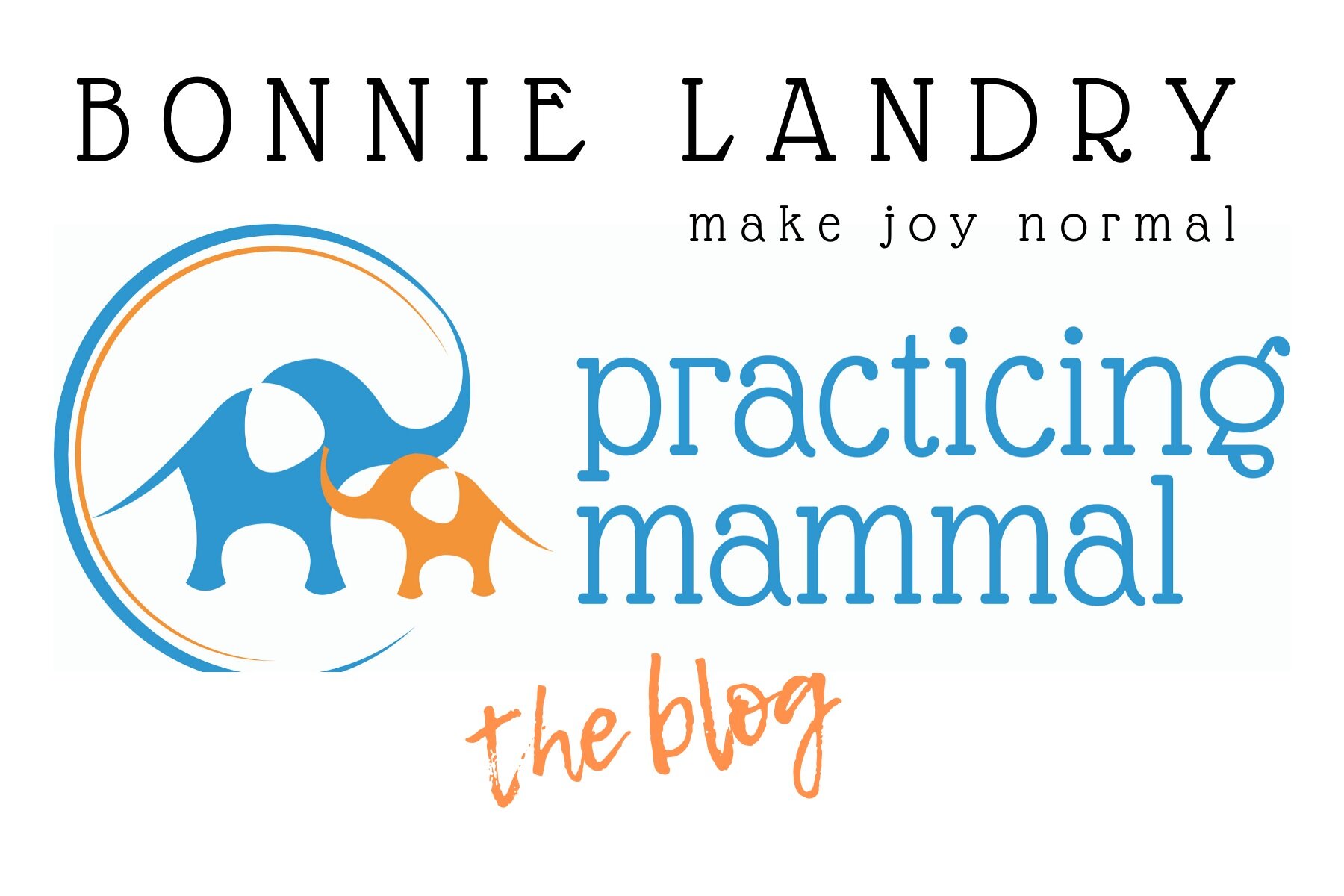what is social studies?
Social Studies, as the name might suggest, is the study of human interaction. Individuals, neighbourhoods, cities, regions, nations. There are five main areas to Social Studies:
geography
economics
government
culture
history
These elements, of course, are interrelated. The question often gets asked, “what should we teach first?” It would be difficult to separate out all of the elements of Social Studies and study them separately, as it would be disjointed to study one historical time period without an understanding of how they might relate to other eras.
For a young child, social studies is just part of their everyday life.
Geography starts at home: where is the bathroom? Where is the fridge? Where, oh where, is my mom?
Economics: if I want the toy my sister has, what can I give her that would satisfy her so I can have what she has?
Government: I don’t want to eat this kind of food. You must because that is all the food I will put on the table. I am hungry. I eat the food.
Culture: I put yogurt in my hair. Do not put yogurt in your hair, for we do not do that. I notice my parents don’t put yogurt in their hair. Eventually, I don’t put yogurt in my hair.
History: we’re going to Mamie’s house. She’s your mom! You were a cute baby, weren’t you mom? Mamie has a picture.
We talk about these things in our everyday conversation. We just need to learn to expand on these ideas to begin an education where “social studies” is normal.
Let’s take Charlotte’s Web as Social Studies. Here are a few ways the conversation might revolve around this subject area.
Geography: look up the setting. Which state, which town? How does the setting play into the story? Where are the farms located in relation to each other. Draw a map of what you think the Arable’s farm might look like. Or just the barn. Or Fern’s bedroom. What season or seasons does the story take place? How do you know? What’s the weather like there? Does it affect the story or the characters? Is it similar to where you live? Are there farms near your house? Can you visit one? What habitat do farm animals need to live in? What animals are self-sufficient in the story? What is their habitat? How do people grow food in other parts of the world?
Economics: How do farmers earn money? How do the animals get their food? How do the people get their food? Why does it cost money to go to the fair? How does Charlotte provide for her community? How does Templeton provide? How do characters in the story trade their skills? What do the characters need? How do they get it?
Government: Who makes the decisions in the barn? Is it a group of a single character? What animals have authority and why? Can small, quiet characters still have their say? Are the decisions that are made fair? (Kids are particularly concerned about fairness). What if they had made different decisions? What would have happened if Fern hadn’t come to Wilbur’s defense?
Culture: When does this story take place? What is her family life like? What does she do for fun? What kind of chores does she have? What about the animals in the barn? How do they spend their time? What is their relationship to each other? How do the people go from one place to another? What do people grow in are area? Compared to other parts of the world?
History: What were farms like when Grampa was a boy? I wonder if anyone in our family grew up on a farm? What kind of farm equipment do we use now? How did farms run before there were cars and trucks? How did farmers sell there food before there were big stores?
When the literature choices become more sophisticated, of course, so do the questions.
Questions can just be addressed in context throughout the story. Not necessary to ask thirty questions each time you read a chapter. Questions naturally lead to discussion. And wondering. And we begin to discover where to get our questions answered. We begin the best part of the journey.
Finding out. Self education. Learning.

